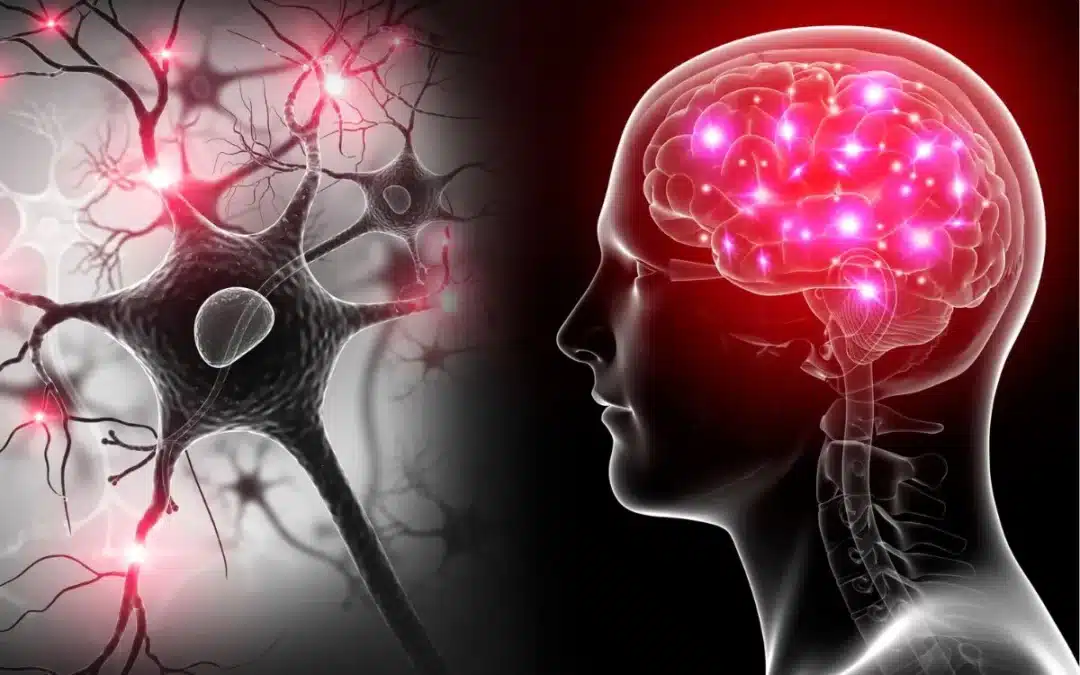Our brains are incredible. They are constantly renewing and adapting, even in adulthood. This remarkable phenomenon is known as neurogenesis—the creation of new neurons within the brain. While our brains naturally engage in neurogenesis as part of their ongoing maintenance, certain injuries to the central nervous system can trigger this process as a form of self-repair. Could hyperbaric oxygen therapy (HBOT) be the key to enhancing neurogenesis and potentially improving outcomes after central nervous system injuries?
Understanding Neurogenesis
Neurogenesis primarily occurs in two regions of the adult brain: the subventricular zone (SVZ) and the subgranular zone (SGZ) of the hippocampal dentate gyrus (DG). Injuries to the central nervous system, such as trauma, cerebral ischemia, or epileptic seizures, can stimulate neurogenesis. These newly generated neurons can integrate into existing neural circuits, offering hope for functional recovery after CNS injury.
Hyperbaric Oxygen Therapy (HBOT): A Closer Look
HBOT is a medical treatment involving the administration of oxygen at higher than atmospheric pressure. Initially developed for decompression illness, it has since found applications in various clinical conditions, including neurological disorders. By elevating the partial oxygen pressure in the body, HBOT enhances the oxygen transport capacity of red blood cells, facilitating peripheral regeneration processes like angiogenesis.
One compelling hypothesis is that HBOT could exert neuroprotective effects by activating cellular transcription factors. However, the path to establishing HBOT as a viable treatment for neurological disorders is complex and requires further research.
Reviewing the Evidence: HBOT and Neurogenesis
Research into HBOT and neurogenesis spans both experimental and clinical studies. Understanding the potential mechanisms behind this therapy is crucial. Here are some key insights:
- Hypoxia-Inducible Factors (HIFs) and Wnt Pathway: HIF-1α, activated in response to hypoxia (low oxygen), promotes neurogenesis by triggering the transcription of genes like erythropoietin (EPO) and vascular endothelial growth factor (VEGF). HBOT may stabilize HIF-1α levels, preventing excessive expression and subsequent cell death. Additionally, HBOT appears to activate the Wnt pathway, further promoting cell proliferation and differentiation through β-catenin.
- cAMP Response Element-Binding (CREB): CREB plays a pivotal role in neuronal plasticity and memory formation. Phosphorylated CREB activates genes involved in neurogenesis, such as brain-derived neurotrophic factor (BDNF). HBOT may reactivate protein phosphatase-1 (PP1), preventing CREB degradation and promoting neurogenesis.
The Clinical Outlook
While preclinical studies in animal models have shown promising results for HBOT and neurogenesis, translating these findings into clinical practice is complex. Several neurological conditions have been explored, including stroke, traumatic brain injury (TBI), and autism:
- Stroke: Stroke patients can benefit from HBOT due to its ability to increase oxygen supply and reduce infarct size. However, clinical trials have yielded mixed results, and further research is needed.
- Traumatic Brain Injury (TBI): TBI leads to increased neurogenesis as part of the recovery process. HBOT has shown potential in some studies but remains a topic of debate. More research is required for a comprehensive understanding of its efficacy.
- Autism: HBOT has been explored as a potential therapy for autism, with some studies showing improvements in various aspects of behavior. However, further basic research is needed to better understand its neuroprotective effects.
Special Considerations: HBOT and Malignancy
There have been concerns about whether HBOT might promote cancer cell proliferation due to its role in angiogenesis. However, current evidence does not support this notion, and a history of malignancy should not be seen as a contraindication for HBOT.
HBOT and Oxidative Stress
HBOT can increase the production of reactive oxygen species (ROS), leading to oxidative stress. While excessive oxidative stress can contribute to neurodegenerative diseases like Alzheimer’s and Parkinson’s, HBOT-induced oxidative stress may have a hormetic effect, potentially benefiting neurodegenerative diseases by enhancing cellular stress resistance.
Conclusion
The potential of HBOT to promote neurogenesis offers hope for the treatment of various neurological conditions. However, the journey from experimental studies to clinical applications is complex and multifaceted. Future research should explore HBOT’s effects in different neurological diseases, improve our understanding of the underlying mechanisms, and conduct large-scale, well-designed clinical trials. By doing so, we can unlock the full potential of HBOT as a prevention and treatment modality for neurological disorders, bringing renewed hope to those in need.
Source
Mu, J. (2011, June 27). Hyperbaric oxygen therapy promotes neurogenesis: where do we stand. National Library of Medicine. https://www.ncbi.nlm.nih.gov/pmc/articles/PMC3231808

